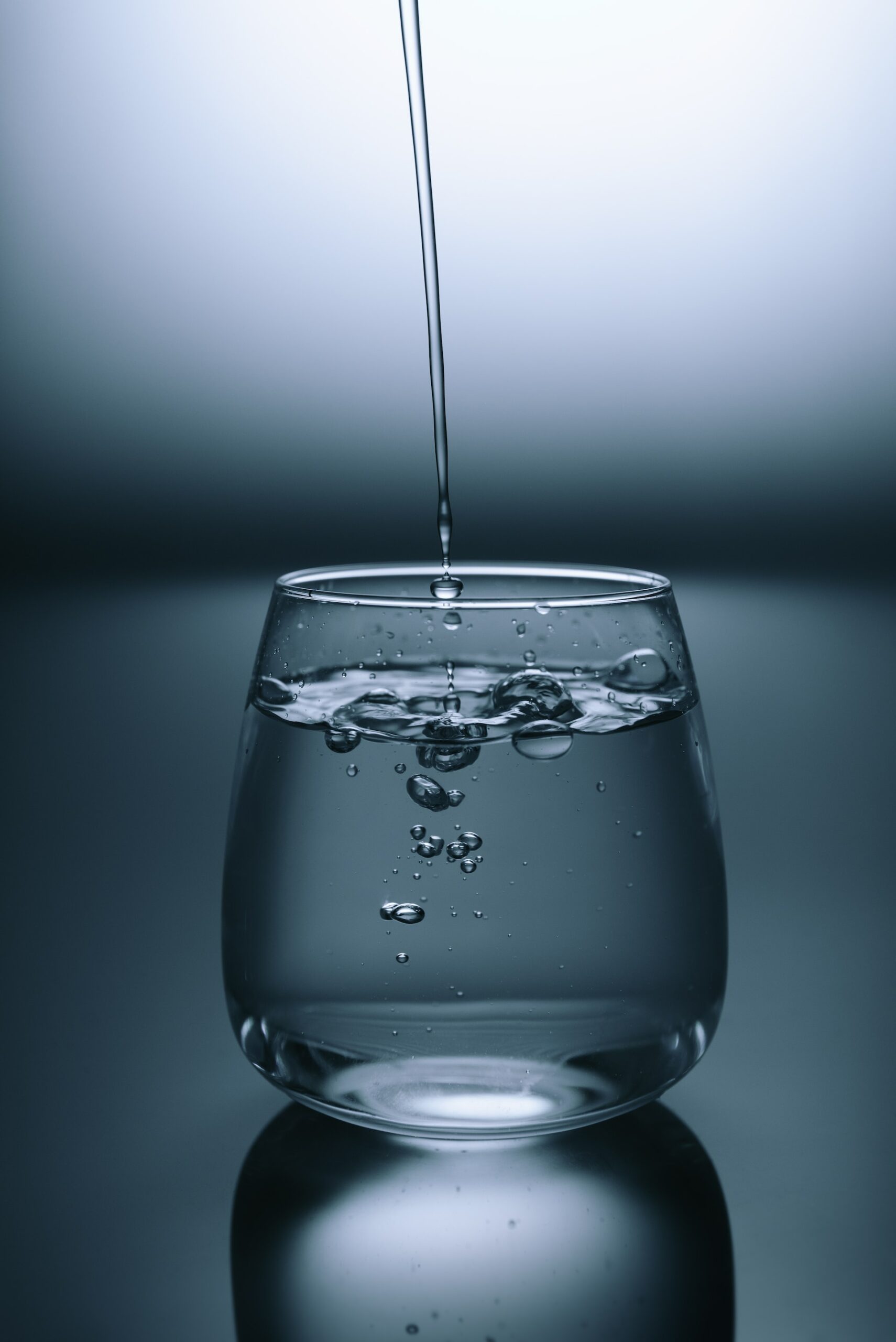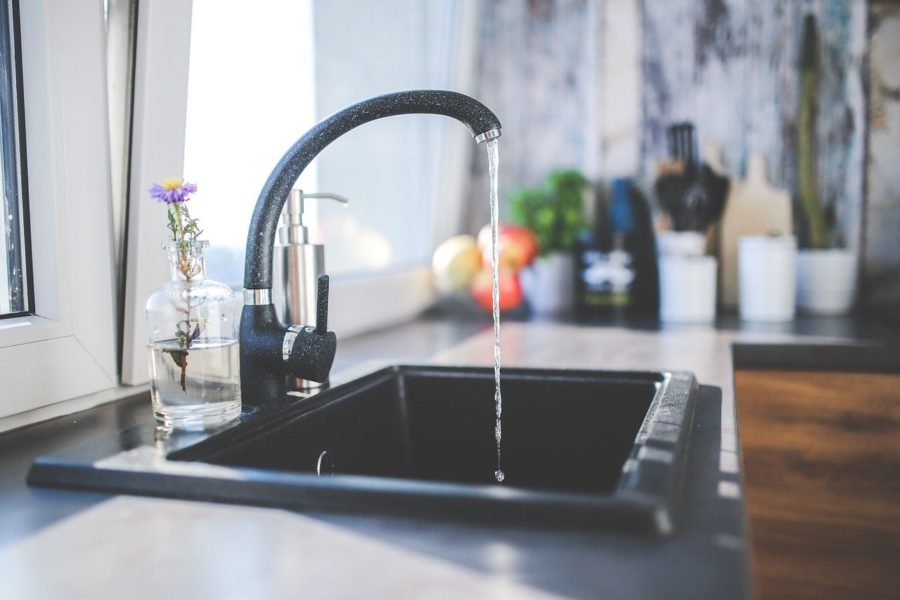In October 2019, U.S. EPA proposed a revision to the 1991 Lead and Copper Rule (LCR).[1] The New York Times obtained a final draft of the proposed revision on September 27.[2] Interest in the LCR grew after residents of Flint, Michigan were widely exposed to lead through their drinking water supply in 2014.[3]
The original rule, adopted pursuant to the Safe Drinking Water Act, requires “drinking water systems to implement corrosion control measures when the lead level is above the ‘action level’ of 15 parts per billion (ppb).”[4] The rule mandates the collection of household tap water samples, and if more than ten percent of samples exceed the lead action level of 15 ppb, municipal and regional water suppliers must begin to address the issue.[5] But if just ten percent or fewer of samples exceed the 15 ppb action level, water suppliers are not required to address those households with lead concentrations above 15 ppb–leaving some households with elevated lead levels but no corresponding requirement for water suppliers to act.[6]
Read More



